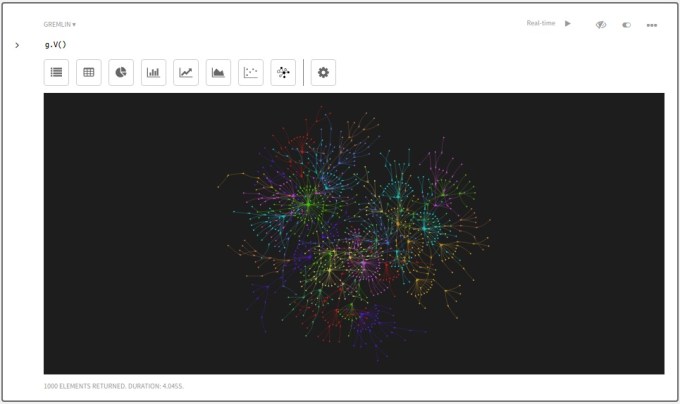When DataStax acquired Aurelius, a graph database startup last year, it was clear it wanted to add graph database functionality to its DataStax Enterprise product, and today it achieved that goal when it announced the release of DataStax Enterprise Graph.
The new enterprise graph product has been fully integrated into the DataStax Enterprise product set, giving customers an integrated graph option for the first time in addition to key-value, tabular and JSON/document models it offered previously.
After working closely with 10 Beta customers including Kaiser Permanente, Cambridge Intelligence and Linkurious for the past couple of months, the company is ready to release the product to the world. The new graph database is built on top of the open source Titan graph database, which was originally developed by Aurelius.
DataStax Enterprise Graph is actually a set of products that includes DataStax Enterprise Server for the graph database component, DataStax OpsCenter for the management piece, DataStax Studio for graph visualization and DataStax Drivers for various language support.

Graph visualization in DataStax studio. Photo Credit: DataStax.
Graph databases are different from relational in several key ways. While you can build some relationships between tables in a relational database, there are limits and the more data you have the less practical it gets. With increasingly large datasets, companies are looking for ways to see connections in the data — and that’s where graph databases come in.
The most well-known graph database is the Facebook Social Graph, which lets you see connections between yourself and your friends. It’s also the technology that lets you see related products on an eCommerce website like Amazon — if you bought one product, you might like this too. It has utility in any large data set though such as analyzing medical research to find connections among patients diagnosed with a particular disease or finding anomalies for credit card companies looking for fraudulent activity, as just a couple of examples.
DataStax, which has over 400 employees, is the commercial face for the open source Apache Cassandra database. It contributes heavily to the open source project, while supporting the enterprise version for those companies that need additional support and more advanced functionality.
It launched in 2010 and has raised almost $190 million. The most recent funding round came in 2014 when it raised $106 million.
